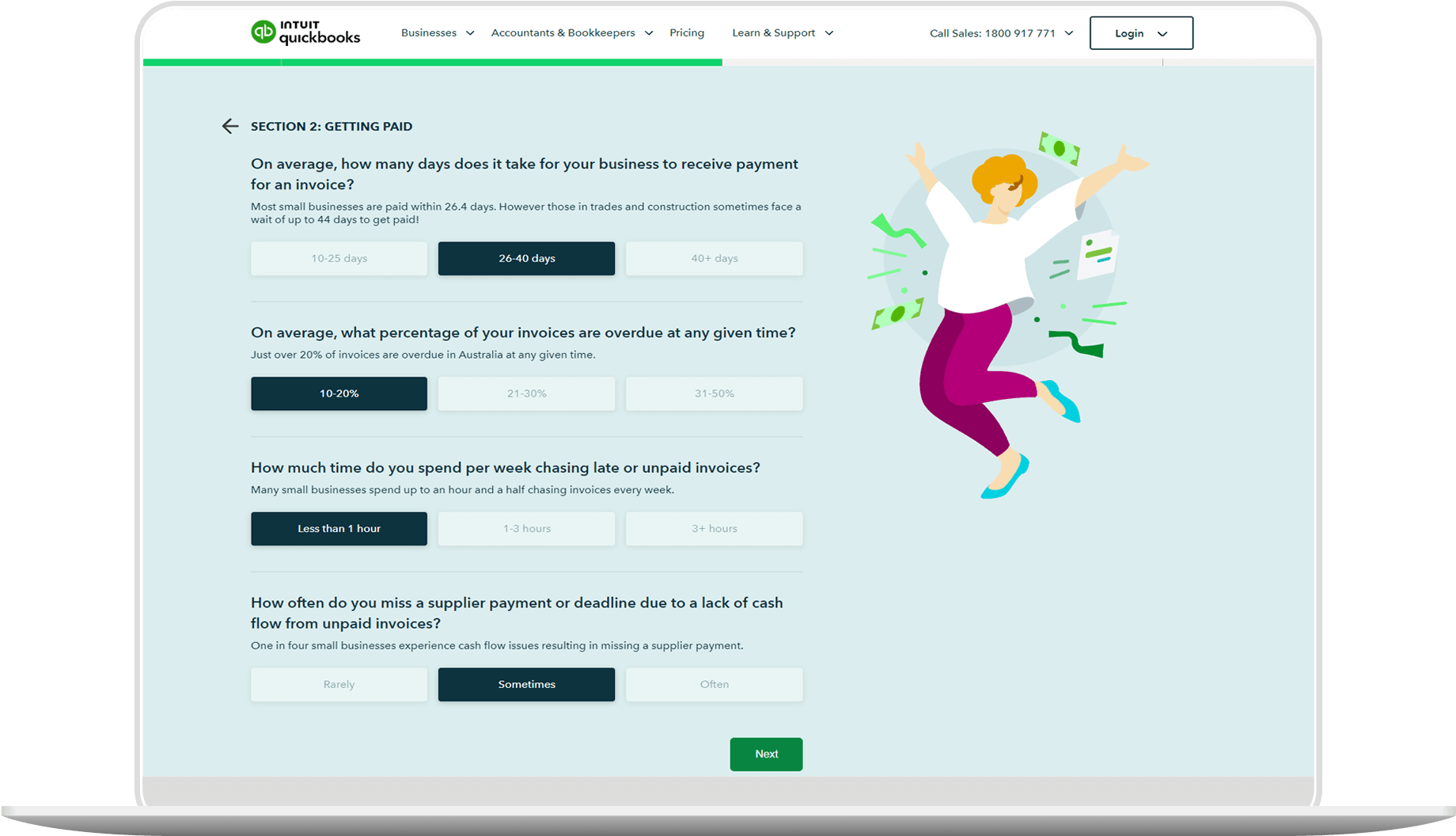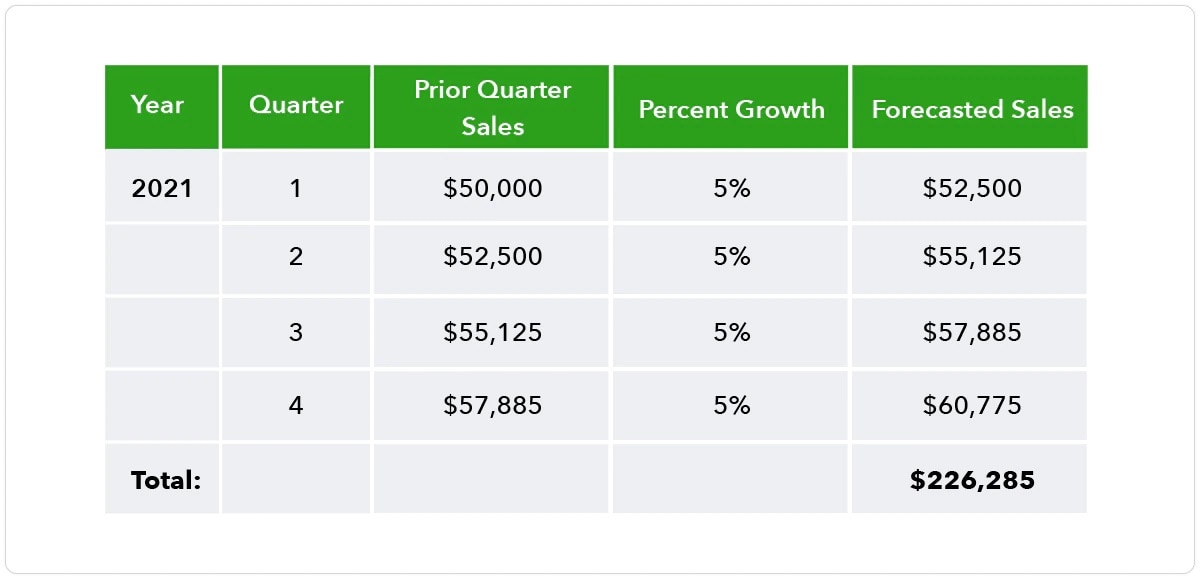What is a sales forecast?
A sales forecast is an estimate of your business’s future sales. You’ll use sales data or other methods to make educated guesses about your future sales revenue over a certain period. This allows you to plan for demand and effectively manage cash flow, resources and inventory. Sales forecasting can happen on a monthly, quarterly, biannual or annual basis.
Why are sales forecasts essential?
Planning for the future is crucial for any business. Sales forecasts help you understand what your future sales will look like so you can create a budget accordingly and set reasonable goals. Depending on the type of business you run, sales forecasts can assist in resource-planning or ordering inventory so you’re prepared to meet customer demand.
Through sales forecasting, you can also identify any potential issues in your sales pipeline or supply chain ahead of time and make necessary adjustments to keep your business performance on track.
In short, accurate sales forecasts support a successful business today and in the future. Externally, they help you provide a great customer experience and maintain a good reputation. Internally, they inform sales targets and support operational planning, so your business is a well-oiled machine year-round.
When should I create a sales forecast?
Sales forecasts are typically created on a monthly, quarterly, biannual or annual basis. That said, there’s no right or wrong answer as to when you should create a sales forecast. It all depends on what’s most relevant and useful to your business.
For example, if your business has very predictable sales on a yearly cycle, you may only need to create a sales forecast annually. If your sales tend to fluctuate seasonally, it may be more appropriate to forecast sales quarterly or biannually.
In general, the more often you forecast, the more likely it is that your predictions will accurately reflect your current business. Regularly refreshing your sales forecasts accounts for external influences such as changing market conditions.
How far ahead should you forecast sales?
Generally, it’s a good idea to forecast for up to 12 months ahead. The further ahead you forecast, the less accurate your predictions will be. After all, things are constantly changing and so will your business. You want your sales forecast to reflect those changes.
Keep in mind your sales forecast is a living document. It’s a good idea to update it regularly to account for your changing business conditions and the broader market.
Who is responsible for sales forecasts?
In large organisations, sales forecasts are usually handled by sales managers or analysts. For small businesses, sales forecasting often falls in the hands of the business owner.
If you run a small business, the good news is you can take some of the effort out of sales forecasts with accounting software like QuickBooks Online. With all your financial data available in QuickBooks, you can quickly and easily create forecasts and use them to create budgets. You can also use QuickBooks’ Cash Flow Planner to automatically predict cash flow for up to 90 days ahead.
What factors can impact your sales forecast?
Several internal and external factors can impact your projected sales. These include:
- Changed product or service offering: Introducing or removing products or services will naturally affect your sales and customer base.
- Supply chain issues: Problems with inventory or fulfilment or other kinks in the supply chain can negatively impact your sales.
- Staffing changes: Expanding or reducing your team will impact your ability to earn revenue, and in turn your sales forecast.
- Economic conditions: Weaker economic conditions can negatively impact sales, while a strong economy can give your business a revenue boost.
- Consumer trends: Customers’ changing preferences can have an effect on your sales revenue.
- Legislative changes: New laws and policy changes can either help or hinder your sales, depending on whether they increase demand for your products/services or create challenges for your business.
Where can a sales forecast be used?
Sales forecasts can be used to guide virtually every area of a business. For example, as a small business owner, you can use sales forecasts to:
- Set sales targets
- Plan sales and marketing strategies
- Decide when and how much stock to order
- Figure out how much to invest in your business
- Allocate staffing and other resources
- Inform decisions about your product or service offering
- Plan your growth strategy
How accurate are sales forecasts?
Sales forecasts are a useful tool for predicting future sales but they’re not the be-all and end-all. Things change constantly and even small shifts in your business or the wider industry can have a material impact on your revenues.
Think of a sales forecast as an educated guess about what’s going to happen. While it provides guidance, it’s not set in stone. You can revise and adjust your forecast to account for changes to your business, your customers and the broader market.




















